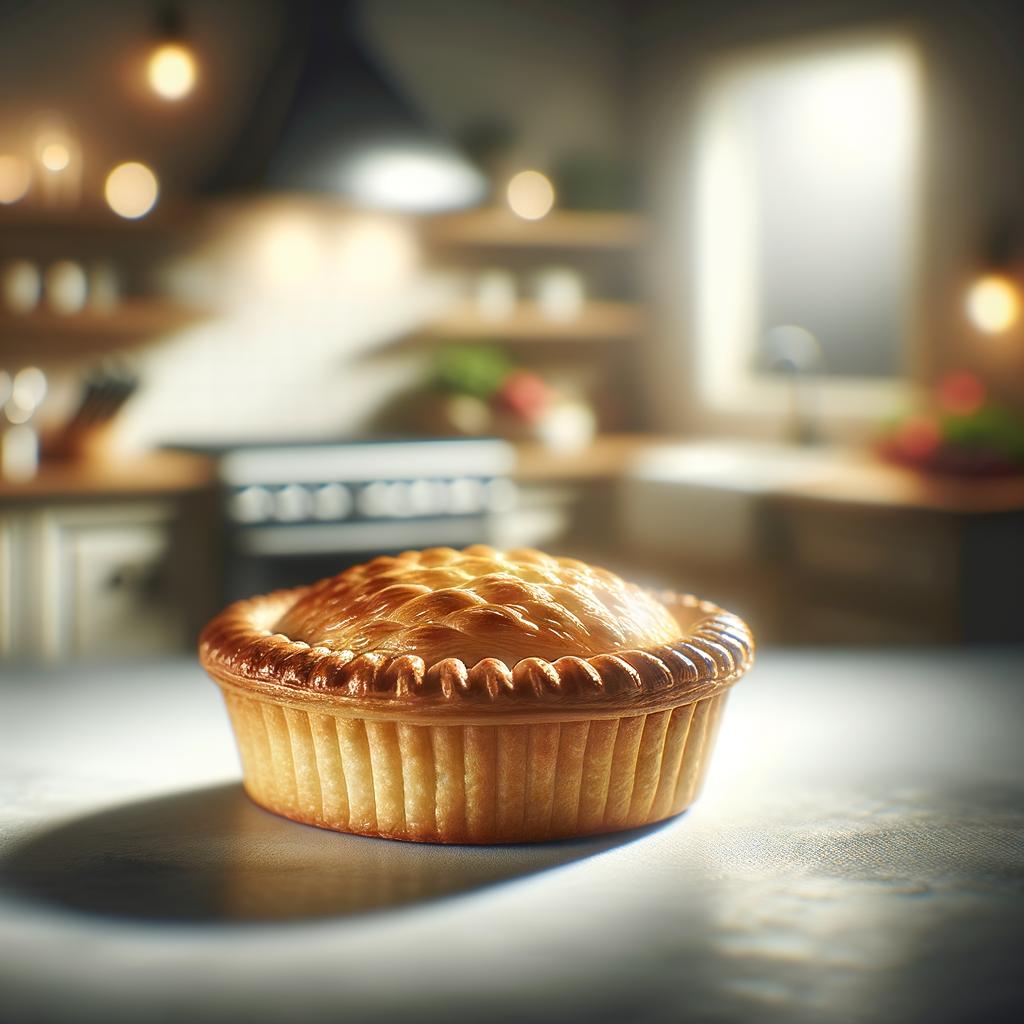Pastry Crust

Description
Pastry crust, a quintessential component of both sweet and savory culinary delights, is a humble yet transformative ingredient. Its appearance is a beautiful golden brown when baked, with a flaky, tender texture that crumbles delightfully under the pressure of a fork. The flavor profile is subtly buttery, with a slight hint of saltiness that serves as a canvas for the flavors it encases. What sets pastry crust apart from other types of dough is its unique method of preparation - the "cutting in" of cold butter into the flour, which results in its signature flaky texture.
Primary Uses
Pastry crust is a versatile ingredient, employed in a vast array of dishes across different cuisines. From the classic American apple pie to the French quiche, from English pasties to Italian tarts, the pastry crust is a key component that adds structure and depth. Beyond its culinary uses, pastry crust also holds a cultural significance. It symbolizes home, comfort, and tradition in many cultures, often being the centerpiece of holiday meals and family gatherings.
History
The history of the pastry crust is as rich and layered as the ingredient itself. Its origins trace back to ancient times when the Greeks and Romans used a simple mixture of flour and water to encase meats and seal in the juices. Over time, the pastry crust evolved, with the addition of fats like butter and lard, into a culinary art form in medieval Europe. The technique of making flaky pastry was perfected in France, leading to the creation of pastries like the croissant. Throughout history, pastry crusts have been associated with celebrations and festivities, often filled with symbolic ingredients to bring luck and prosperity.
Nutritional Information
While pastry crust is undeniably delicious, it's not the most nutrient-dense food. It's high in fats, particularly if made with butter or lard, and carbohydrates. However, it does provide a small amount of protein and can be a source of selenium, a mineral that supports cognitive function and immunity. Compared to whole grain crusts, traditional pastry crusts are lower in fiber and essential nutrients. However, modifications can be made to enhance its nutritional profile, such as using whole wheat flour or adding ground nuts and seeds. As with all foods, it's best enjoyed in moderation as part of a balanced diet.

